Many new parents will tell you how hard it is to name a baby. Some have stories of how they knew what the name of their child would be from before conception, only to change their mind when they were born. Sometimes new babies can go weeks without a name since there is an endless selection to choose from.
It would seem that society is having similar trouble naming a technology that allows a vehicle to drive itself: driverless, autonomous, self-driving, automated, autopilot... These are a few of the names for a new form of mobility that is closer to prime time than ever before.
A vehicle being able to drive itself is going to change how and where we live and work. The socio-economic impacts are going to be profound and will affect almost every aspect of our daily lives. When our cars drive themselves, we regain time spent slaved to the driving task, we no longer need to own them but can use them as a service, and the need for parking reduces which, in turn, changes how our cities and streets are used and maintained. All of these are issues that will be explored here on Driverless.
For many of the technologies that have become an intrinsic part of our lives, we have quickly settled on simply using the most common brand names as genericized labels for similar items; from Hoover to Roomba, Jet Ski to Jacuzzi, and Kleenex to Band-Aid. Hardly anyone does a "web search" anymore—they google it.
When your brand name becomes a verb, then you know you made it in the world.
But we don't have any of these vehicles driving themselves as part of our daily lives yet, so we as a society haven't settled on a common name because there's no brand yet associated with it.
With all of that confusion, who knows what to call these things? Plus, academics, technologists, regulators, journalists, and the public all have different preferences—and with good reasons.
The Academic's View
At the first ever Transportation Research Board (TRB) conference on Road Vehicle Automation in July 2012, Dr. Steven Shladover gave a very eloquent and clear presentation on why we should refer to the technology as automated vehicles.
Shladover is an academic at UC Berkeley, with a multi-decade long history in automated transportation, and has been very involved with the development of the Society of Automotive Engineers standards and the levels of vehicle automation.
As if in a courtroom, Shladover made an iron-clad case as to why a vehicle could never be autonomous as this implies self-governing—a concept that was doing the rounds in a joke from the Google team at that time; "If my vehicle truly was autonomous, then I would say "Take me to work" and it would take me to the beach instead."
It was clear from the program, presentation titles, and the academic throng that the term automated was already settled as far as the TRB was concerned.
The Regulator's View
Later in that day, at that very same conference, Bryant Walker Smith (at that time with Stanford University) took the stage to give his presentation on the legal aspects of the technology. Before he started his presentation, centered around his well-received paper Automated Vehicles Are Probably Legal in the United States, he commented on the earlier slam-dunk naming discussion with a smile.
He explained that, in spite of what may already have been stated with regards to the term automated, that ship had already sailed as far as the law is concerned. The term autonomous had already been enshrined in regulations.
Indeed, regulations in process in Nevada and California at that time were centered on the testing of autonomous vehicles. It seems that the law may inadvertently already allow for the possibility that robots could become self-governing.
The Technologist's View
Also at that same conference were some of the engineers and technologists that had been through the DARPA Grand Challenges, including some high profile members of the Google team. Internally, they referred to it as their Chauffeur project, but their technology was publicly badged as a self-driving car.
Again, this made perfect sense as indeed the vehicle was being developed to drive itself, but it was just another name to add to the list.
The Journalist's (& Public's) View
Meanwhile, the journalists have been struggling over several years to describe a new technology to a public that is only recently widely aware of it and its implications. When search engine optimization (SEO) is your goal, then you really want a unique identifying term that generally isn't confused with something else. There is a high possibility of being confused by a headline like that in The Times—"Kim's favourite girl band vanishes"—when you expect to be reading about a Kardashian and entertainment, rather than a Jong-un and politics.
Therefore, enter the term driverless, which initially could have been confused with stories like "Driverless Car Rolls Off a Cliff." Fortunately, this is so rare that driverless is now synonymous with vehicles that drive themselves. Ironic really, since driver-less does imply that there is no driver, whilst proponents tell us that we can expect driverless vehicles to be the best drivers we encounter.
The Government
In so many complicated matters in life we rely on the government to bring order to chaos. However, naming this particular technological baby seems to have stumped even the US government.
As an example, the US Department of Transportation has produced a draft document with the title Beyond Traffic 2045 – Trends and Choices. In this document, the terms automated, self-driving, autonomous, and driverless are all used.
It is almost as if the iron-clad case for automated went to some form of supreme court for a decision and the ruling handed down accepted this argument. Then again, the ruling also recognized that there were valid arguments for all the other names, too.
How About an 'Apeless Carriage' or 'Robocar'
With some justification, Brad Templeton, a long-established consultant in this field, prefers the term robocars from the combination of the words robot and cars. One problem with widespread usage of this term is that the future technology won't just be limited to cars, whereas the word vehicles is less prescriptive.
If history is any guide, then the most semantically correct terminology is probably the least likely to take root. For instance, the term "horseless carriage" didn't last long when the modern automobile... sorry, car, was invented. Therefore, although very descriptive, it is unlikely that the apeless carriage offering from Lars Christian will gain much traction.
'Driverless' Is Our Baby
It should therefore come as no surprise that we at WonderHowTo have chosen to name our baby Driverless. After all, SEO is what helps you, the reader, find great content. Grin.
Just updated your iPhone? You'll find new emoji, enhanced security, podcast transcripts, Apple Cash virtual numbers, and other useful features. There are even new additions hidden within Safari. Find out what's new and changed on your iPhone with the iOS 17.4 update.
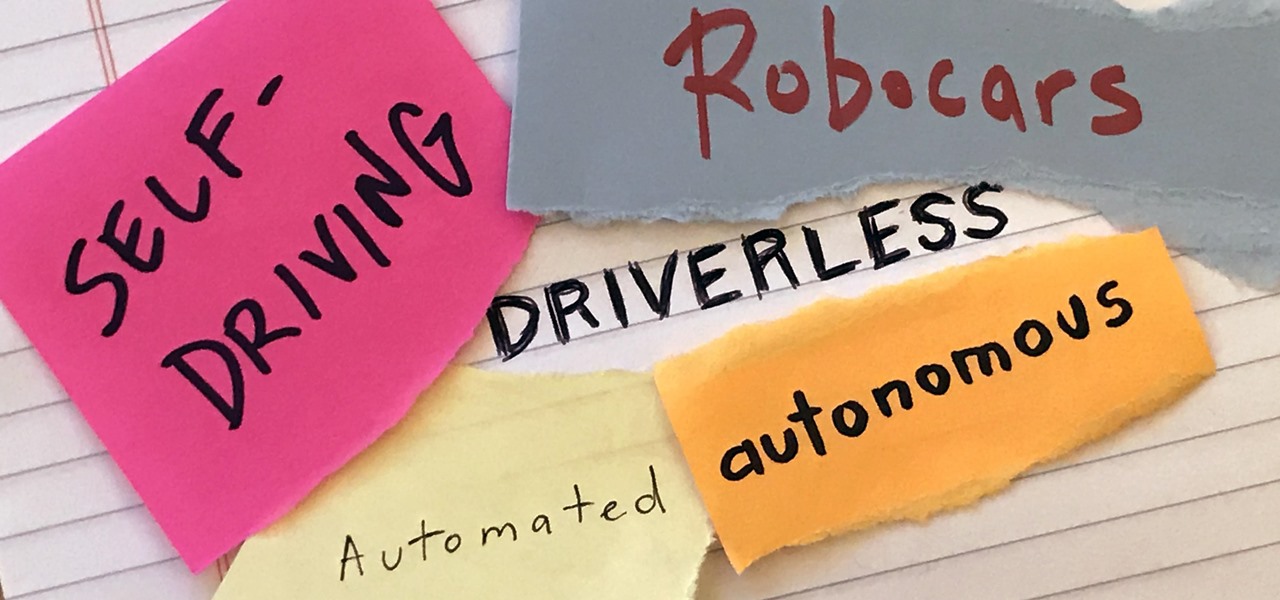


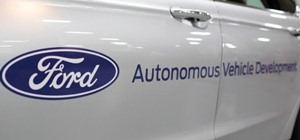

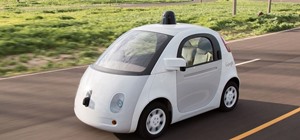

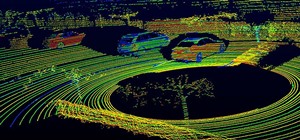

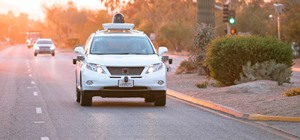
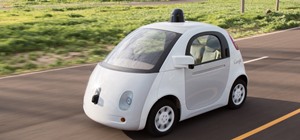
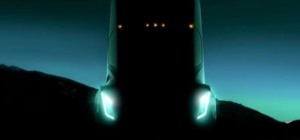
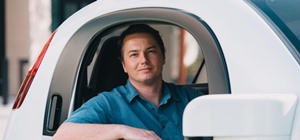
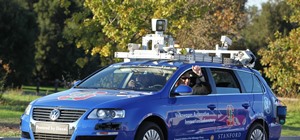


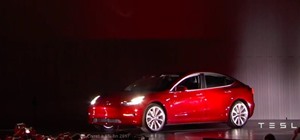




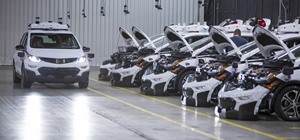
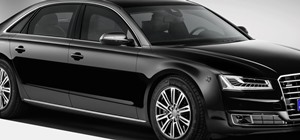
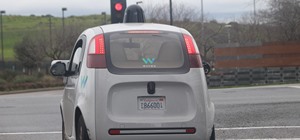
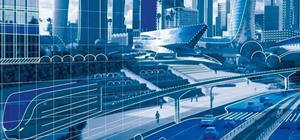
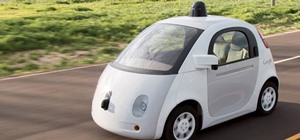
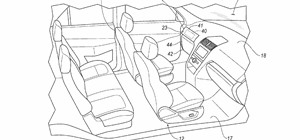

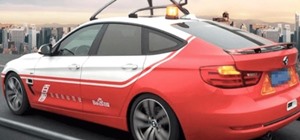

Be the First to Comment
Share Your Thoughts